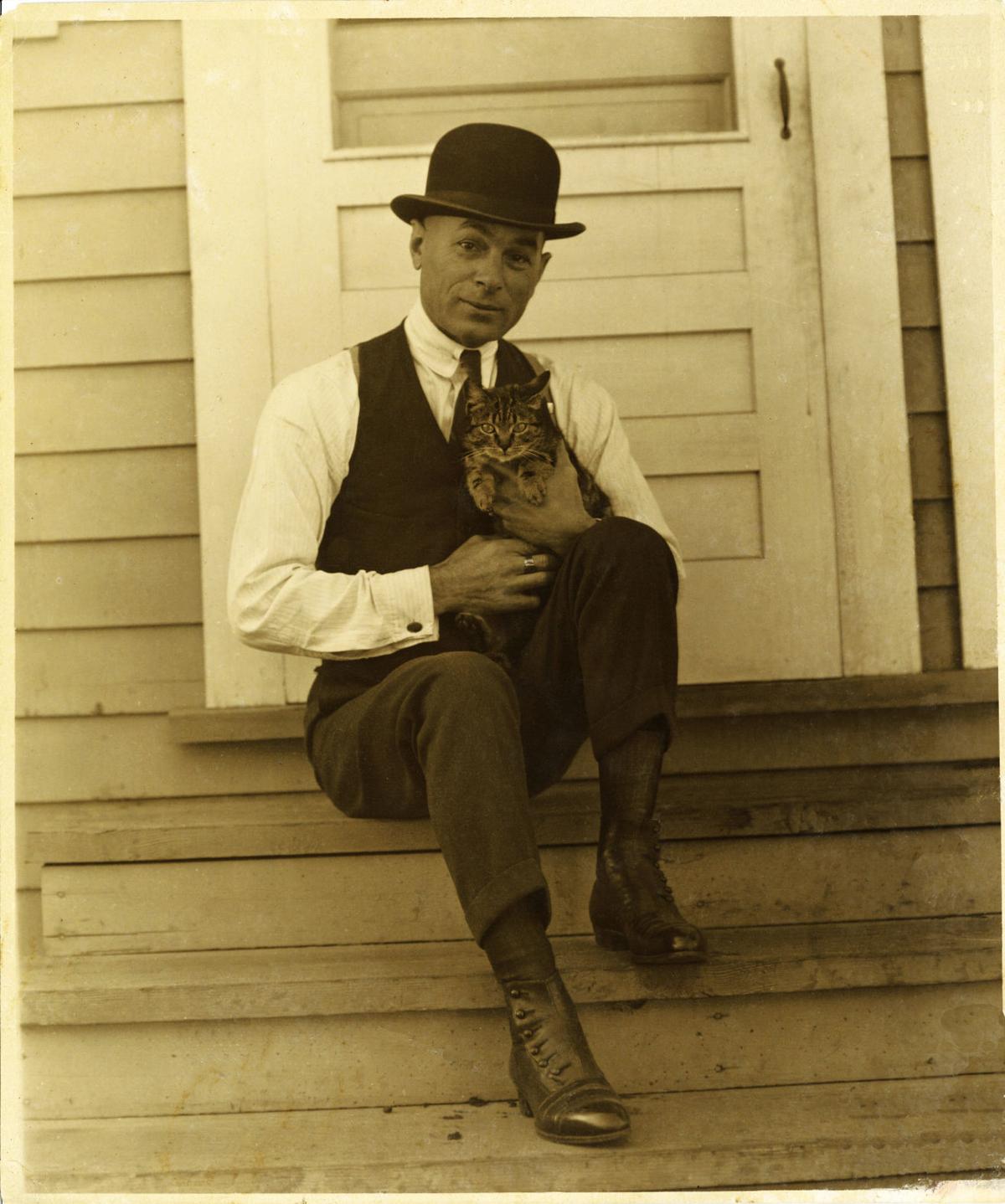Jane Doe v. State of Louisiana (1985)
Justice Ward delivered the opinion of the Court.
This appeal is brought by several members of the Guillory family, children and grandchildren of Simea Fretty and Dominique Guillory, both deceased. Six of the appellants, Marie Bernice Guillory Rougeau, Armet Guillory Fontenot, Lucy Elizabeth Guillory Parker, Suzy Elizabeth Rita Guillory Phipps, Regina Rougeau, and Tex Adam Rougeau, contend that their birth certificates, issued between the years 1919 and 1941, erroneously designate their parents as “colored”, when in fact they were white. These appellants seek a mandamus that would compel the Louisiana Department of Health and Human Resources to correct the alleged error. Two of the appellants, Theresa Guillory Rougeau and Mildred Rougeau, were never issued birth certificates. They seek a mandamus compelling the state to issue delayed birth certificates designating their parents as white. The Trial Court found that the evidence presented by appellants was insufficient to justify a mandamus.
As an alternative to their suit for mandamus, appellants challenged the constitutionality of former La. R.S. 42:267 which provided that a person having one-thirty second or less of Negro blood shall not be described or designated as “colored” by any state official. The Trial Court rejected the constitutional challenge solely on the grounds that 42:267 was held constitutional in State ex rel. Plaia v. Louisiana State Board of Health (1974).
We affirm the Trial Court judgment…
…As to the six appellants who presently have birth certificates, we find that they failed to prove by a preponderance of the evidence that their parents’ racial designations are incorrect. Expert testimony indicated that the very concept of the racial classification of individuals, as opposed to that of a group, is scientifically insupportable. Individual racial designations are purely social and cultural perceptions, and the evidence conclusively proves those subjective perceptions were correctly recorded at the time appellants’ birth certificates were issued. There is no proof in the record that Simea or Dominique Guillory preferred to be designated as white. They might well have been proud to be described as colored. Indeed, we have no evidence that during their lifetimes they objected to the racial designations in dispute in this case. Accordingly, we hold that the defendant state officers have no legal duty to alter the birth certificates…
Read the entire opinion here.


